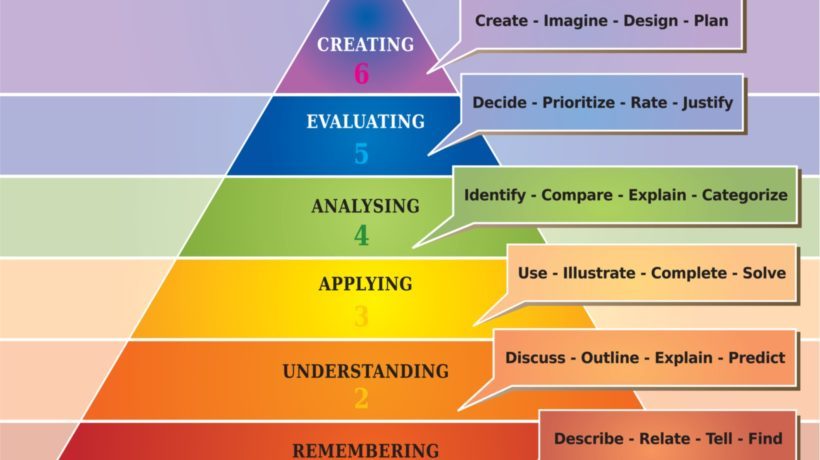Bloom’s Taxonomy Applied To Football
The taxonomy was originally designed, back in the mid 50’s, to provide a common ground for evaluating a learner’s progresses in a subject, approaching the learner as a whole human being and therefore considering both mental, emotional and physical development. It is still used for evaluation, but it is also a very useful tool for planning learning activities, from single activity to larger curriculum, since it provides a set of progressive milestones and targets that are easy to understand and use.
There are modern revisions of Bloom’s taxonomy incorporating more modern concept, and substituting nouns with verbs to provide a clearer link to activities, but the basic ground and structure of the taxonomy remain the same.
The success of Bloom’s taxonomy and the reasons why is highly appreciated even among people not having a complete pedagogical background are many, I chose to single out the followings:
- the taxonomy is easy to grasp even for those without a deep background in pedagogy and psychology,
- it is highly visual and therefore fits well with the new technologies that are spreading in today’s workplace and schools
- it is easy to adapt it to any learning activity, from learning how to use a new tool, to plan a complex curriculum
In a recently published talking video, we have provided an overview of Bloom’s taxonomy and its three domains. The video was well received and we got several viewers asking us to provide some example and application of the taxonomy to a common subject.
The application of Bloom’s taxonomy to football focuses on the understanding of this sport, not on practicing it, so it naturally focuses on the Cognitive and Affective domain, leaving the Psychomotor domain outside of the scope.
The format chosen is a talking video created using slidetalk.net, a convenient tool for publishing PowerPoint presentations in a rapid way, as discussed in a previous article on this blog ”Publishing PowerPoint presentations online - the rapid way”.









